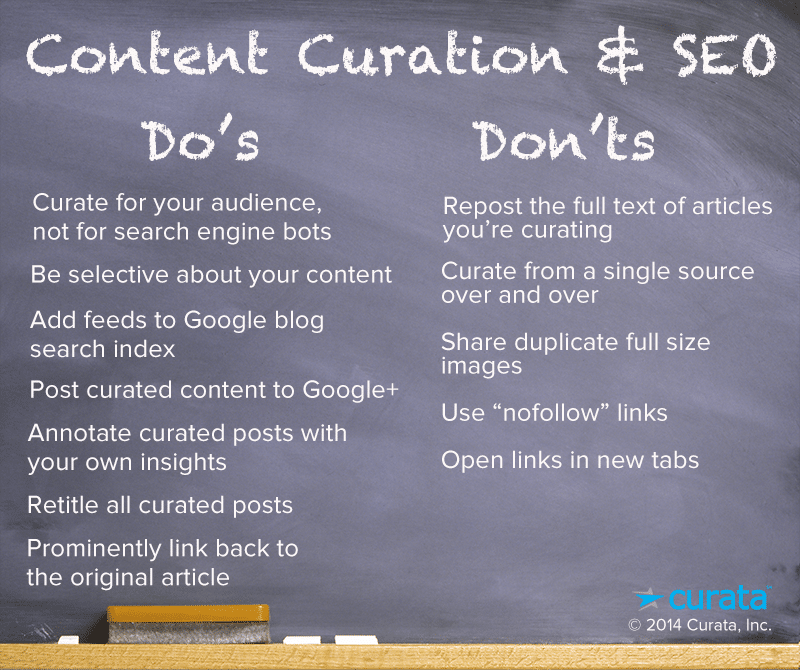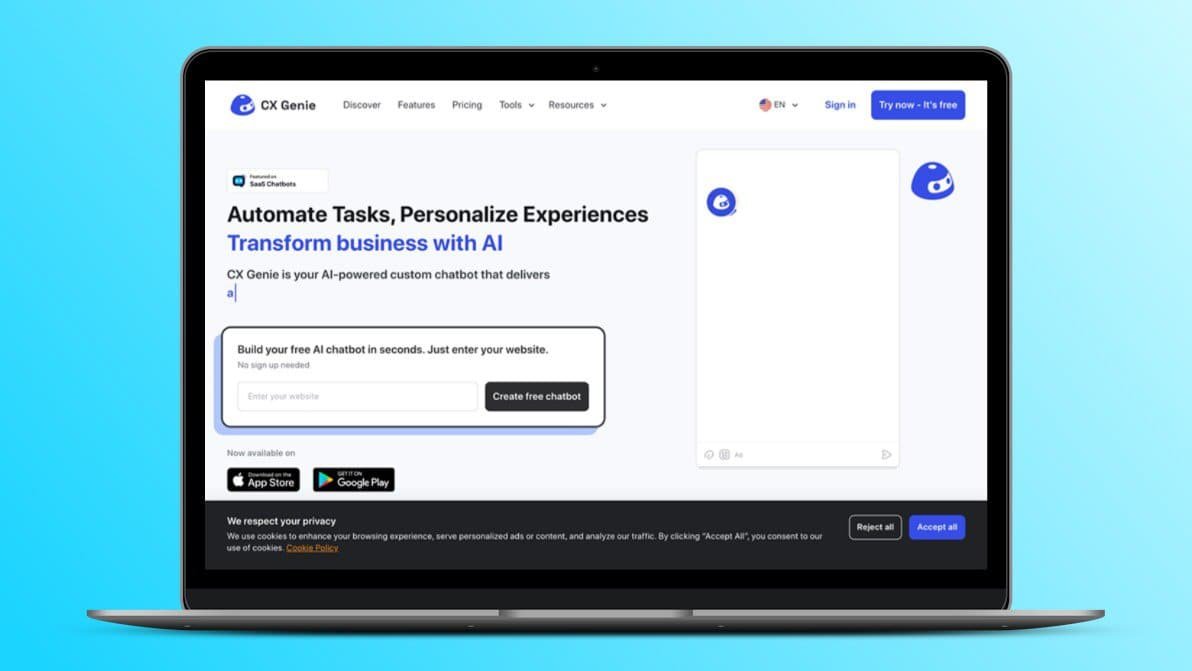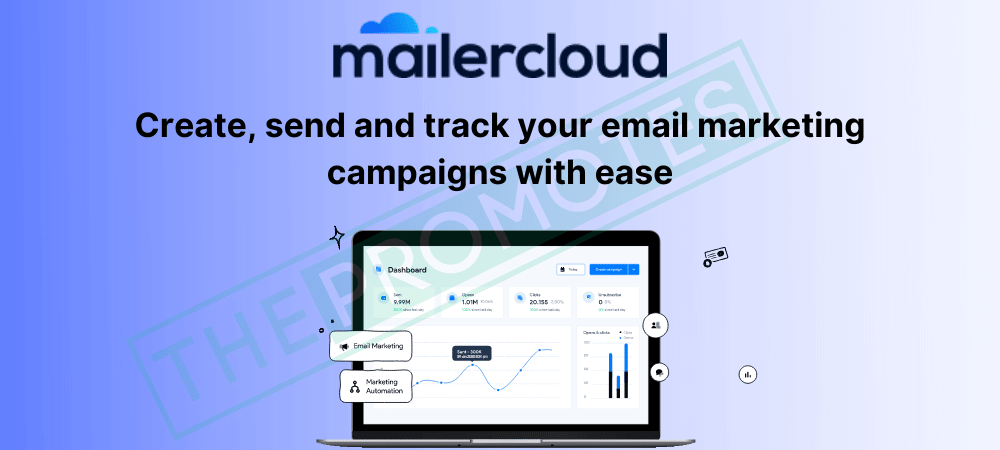Getting your article to rank high on search engines is crucial. SEO can make your content visible and attract readers.
So, how do you do SEO for an article? It starts with understanding what your audience searches for and using those keywords effectively. Good SEO practices help search engines understand your content and rank it higher. This means more people find and read your article.
In this blog, we will break down the steps to optimize your article for search engines. You’ll learn about keyword research, on-page SEO techniques, and other tips to boost your article’s visibility. Let’s get started on making your content easier to find and more engaging for your readers!
Keyword Research
Effective keyword research is essential for SEO success. Identify relevant keywords to improve your article’s search engine ranking. Focus on terms your audience searches for.
Keyword Research is the cornerstone of any successful SEO strategy. It’s the process of finding the words and phrases your target audience uses to search for information related to your niche. By understanding these keywords, you can optimize your articles to rank higher on search engines and attract more readers.Finding Relevant Keywords
Finding relevant keywords starts with brainstorming. Think about what your audience might type into a search engine. Use tools like Google Keyword Planner, Ahrefs, or Ubersuggest to expand your list. These tools can provide you with keyword suggestions and data on how often these terms are searched. Consider the context of your content. If you’re writing about “healthy recipes,” think about related topics like “quick healthy meals,” “vegetarian recipes,” or “low-calorie desserts.”Analyzing Search Volume
Not all keywords are created equal. Some are searched more often than others. Focus on keywords with a high search volume. This means more people are looking for information on that topic, increasing your potential audience. But don’t just chase the highest numbers. Highly competitive keywords can be tough to rank for. Balance is key. Look for keywords with a good mix of search volume and manageable competition.Identifying Long-tail Keywords
Long-tail keywords are longer, more specific phrases. They might not have as high a search volume, but they can be easier to rank for and often convert better. If you run a blog about gardening, a short keyword might be “gardening tips.” A long-tail keyword could be “gardening tips for small urban spaces.” These keywords often reflect the specific needs or questions of your audience. By targeting them, you can attract readers who are more likely to engage with your content and find it valuable. Are you currently using long-tail keywords in your strategy? If not, you might be missing out on a significant opportunity to connect with your audience.
Credit: www.youtube.com
Content Optimization
Content optimization is essential for article SEO. Optimized content ranks better on search engines. It attracts more readers. The process involves using keywords, title tags, and meta descriptions effectively.
Using Keywords Naturally
Keywords are important for SEO. Use them naturally in your content. Avoid keyword stuffing. It can harm your rankings. Place keywords in the first 100 words. This helps search engines understand your topic. Use synonyms and related terms. This makes the content flow better.
Optimizing Title Tags
Title tags are crucial for SEO. They should include your main keyword. Keep them under 60 characters. This ensures they appear fully in search results. Make them compelling. They should attract clicks. Use action words and numbers. This can increase click-through rates.
Crafting Effective Meta Descriptions
Meta descriptions impact click-through rates. Write clear and concise descriptions. Include your main keyword. Keep them under 160 characters. This ensures they display fully in search results. Make them compelling. Use action words. Highlight benefits or solutions. This encourages users to click.
On-page Seo
On-Page SEO involves optimizing individual web pages to rank higher. This means working on content and HTML source code. It helps search engines understand your content. Here are some key aspects to focus on:
Header Tag Usage
Use header tags like H1, H2, and H3 properly. The H1 tag should contain your main keyword. It tells search engines what the article is about. Use H2 for subheadings. They break down your content into sections. H3 tags can be used for sub-sections. This makes your content easier to read.
Internal Linking Strategy
Internal links connect your article to other pages on your site. This helps search engines crawl your website. It also keeps readers on your site longer. Use descriptive anchor text. This tells readers and search engines what the linked page is about.
Url Structure Optimization
Keep your URLs short and keyword-rich. Avoid using numbers or special characters. A clear URL structure makes it easier for search engines to index your pages. It also improves user experience. A good example: www.yoursite.com/seo-tips. This tells users and search engines what to expect.
Technical Seo
Technical SEO is crucial for ensuring your articles rank high on search engines. This involves optimizing the infrastructure of your website. It helps search engines crawl and index your content effectively. Let’s dive into some key aspects of Technical SEO.
Improving Site Speed
Site speed greatly impacts user experience. A slow-loading site can frustrate visitors. They may leave your site without reading your content. Use tools like Google PageSpeed Insights. These tools help identify issues slowing down your site.
Optimize images to reduce their size. Compress them without losing quality. Minify CSS, JavaScript, and HTML files. This reduces their load time. Consider using a Content Delivery Network (CDN). A CDN can distribute your content globally. It ensures faster access for users worldwide.
Ensuring Mobile-friendliness
More people use mobile devices to access the internet. Your site must be mobile-friendly. Google prioritizes mobile-first indexing. This means your site’s mobile version is crucial for ranking. Use responsive design. This ensures your site adapts to any screen size.
Test your site’s mobile-friendliness with Google’s Mobile-Friendly Test tool. Fix any issues found. Make sure buttons are easy to tap. Ensure text is readable without zooming. A mobile-friendly site improves user experience. It also boosts your SEO.
Implementing Structured Data
Structured data helps search engines understand your content. It uses a specific format to organize information. This can improve your search result appearance. Use Schema.org markup. It provides standard tags to use. These tags help define elements on your page.
Implementing structured data can lead to rich snippets. Rich snippets display extra information in search results. This can increase your click-through rate. Use Google’s Structured Data Testing Tool. It helps ensure your markup is correct. Accurate structured data improves your SEO.
Quality Content Creation
Creating quality content is the cornerstone of effective SEO. Quality content attracts readers, keeps them engaged, and encourages them to share it with others. It also signals to search engines that your article is valuable, boosting your rankings. Let’s dive into the essentials of quality content creation.
Writing Engaging Content
Your content must captivate your readers right from the start. Use a hook in your opening sentence to grab their attention. Share a personal story or an interesting fact to make your point.
Use simple language and short sentences. This keeps your content accessible to a wider audience. Break down complex ideas into easily digestible parts.
Ask questions to engage your readers. For instance, “Have you ever wondered why some articles go viral while others don’t?” This sparks curiosity and encourages them to read further.
Maintaining Originality
Original content stands out. It shows your unique perspective and expertise. Avoid copying others’ work; search engines penalize duplicate content.
Share your experiences and insights. This adds a personal touch and builds trust with your readers. For example, “I once wrote an article that took off simply because I shared a real-life challenge and how I overcame it.”
Use your voice to convey authenticity. Readers can tell when you’re being genuine, and this fosters loyalty.
Updating Content Regularly
Search engines favor fresh content. Regular updates ensure your article remains relevant. This also gives you a chance to add new insights and keywords.
Set a schedule for content updates. This could be quarterly or biannually. Keep track of changes in your industry to include the latest information.
Encourage reader feedback. Ask them what topics they want to see updated. This not only improves your content but also boosts engagement.
By focusing on these key aspects of quality content creation, you can enhance your SEO efforts and create articles that resonate with readers. What strategies have you found effective in creating engaging and original content?

Credit: www.theblogsmith.com
Backlink Building
Backlink building is crucial for SEO. It helps your article gain authority and improves its search engine ranking. Quality backlinks from reputable sites signal to search engines that your content is valuable.
Identifying Link Opportunities
Start by finding websites related to your topic. Look for blogs, news sites, and forums. These sites should have good domain authority. Use tools like Ahrefs or SEMrush to check domain authority. Focus on sites with high credibility.
Analyze your competitors’ backlinks. See where they are getting their links. This can provide a list of potential sites. Search for broken links on related websites. Offer your content as a replacement. This can help you gain backlinks easily.
Outreach Strategies
Effective outreach is key to securing backlinks. Write a personalized email to site owners. Explain why your content is valuable to their audience. Keep your message short and to the point.
Offer to write guest posts. Many sites accept guest contributions. Ensure your guest post provides value. Include a link back to your article. Build relationships with other bloggers. Networking can lead to more backlink opportunities.
Monitoring Backlink Quality
Not all backlinks are equal. Monitor the quality of your backlinks regularly. Use tools like Google Search Console. Check if the links are from reputable sites. Ensure they are relevant to your content.
Disavow any spammy or low-quality links. These can harm your SEO. Regularly review your backlink profile. Keep track of new links and their sources. This helps maintain a healthy backlink portfolio.
User Experience
Ensuring a positive user experience is crucial for SEO. When users find your articles easy to read and navigate, they are more likely to stay on your site longer. This reduces bounce rates and improves your search engine rankings.
Improving Readability
Make your content easy to read. Use short sentences and paragraphs. Avoid jargon and complex words.
Consider using bullet points or numbered lists to break down information. This makes it easier for readers to digest. Use headings and subheadings to organize your content.
Have you ever stopped reading an article because it was too difficult to follow? You don’t want your readers to feel that way. Make your content approachable and engaging.
Enhancing Navigation
Good navigation is essential for a great user experience. Ensure your site has a clear menu structure. Add internal links to guide readers to related articles.
Use a “Related Posts” section at the end of your articles. This keeps readers on your site longer. Think about how easy it is to find information on your favorite website. Your site should offer the same ease.
Are there too many clicks to reach the desired content? Simplify the steps. Make your navigation intuitive.
Reducing Bounce Rate
A high bounce rate indicates that users leave your site quickly. This can hurt your SEO. Make sure your content matches the title and meta description.
Engage users with compelling introductions. Use visuals like images and videos to break up text. Interactive elements like quizzes or polls can also keep users engaged.
Have you ever left a site because it was slow to load? Ensure your site loads quickly. A fast, responsive site keeps users from bouncing away.
Performance Tracking
Performance tracking is essential for understanding how well your SEO efforts are working. Without it, you’re essentially flying blind. By keeping tabs on key metrics, you can make informed decisions to improve your article’s performance.
Using Analytics Tools
Analytics tools like Google Analytics are your best friends in performance tracking. They provide you with data on page views, bounce rates, and session durations.
Imagine you’ve just published an article. By checking its performance on Google Analytics, you can see how many people are reading it and where they are coming from. This data helps you understand which topics resonate with your audience.
Setting Seo Goals
Having clear SEO goals is crucial for measuring success. Do you want more organic traffic? Or perhaps better engagement?
Set specific, measurable goals. For example, aim to increase organic traffic by 20% over the next three months. Goals keep you focused and provide a benchmark to measure your progress against.
Adjusting Strategies Based On Data
Once you have data, use it to adjust your strategies. If you notice high bounce rates, perhaps your content isn’t engaging enough.
For example, I once noticed that articles with lists performed better. So, I started incorporating more lists in my posts. The results were immediate and positive.
What data-driven changes can you make to improve your SEO?

Credit: academy.datawrapper.de
Frequently Asked Questions
How Do I Seo My Article?
Optimize your article by using relevant keywords, creating engaging headings, writing quality content, adding internal links, and ensuring mobile-friendliness.
What Is An Example Of Seo Article Writing?
An SEO article might focus on “10 Tips for Effective Social Media Marketing”. It includes keywords like “social media marketing tips” and “effective strategies”.
What Are Seo Keywords For Articles?
SEO keywords are specific words or phrases that help search engines understand the content of an article. They improve visibility and ranking.
What Is A Good Seo Article?
A good SEO article is well-researched, uses relevant keywords naturally, offers valuable content, has proper headings, and includes meta tags.
Conclusion
Mastering SEO for articles takes time and patience. Focus on keywords naturally. Write engaging content for your readers. Optimize titles and headings. Use simple language. Improve readability with short sentences. Remember to update older articles. Stay current with SEO trends.
Consistency leads to better results. Happy writing!





